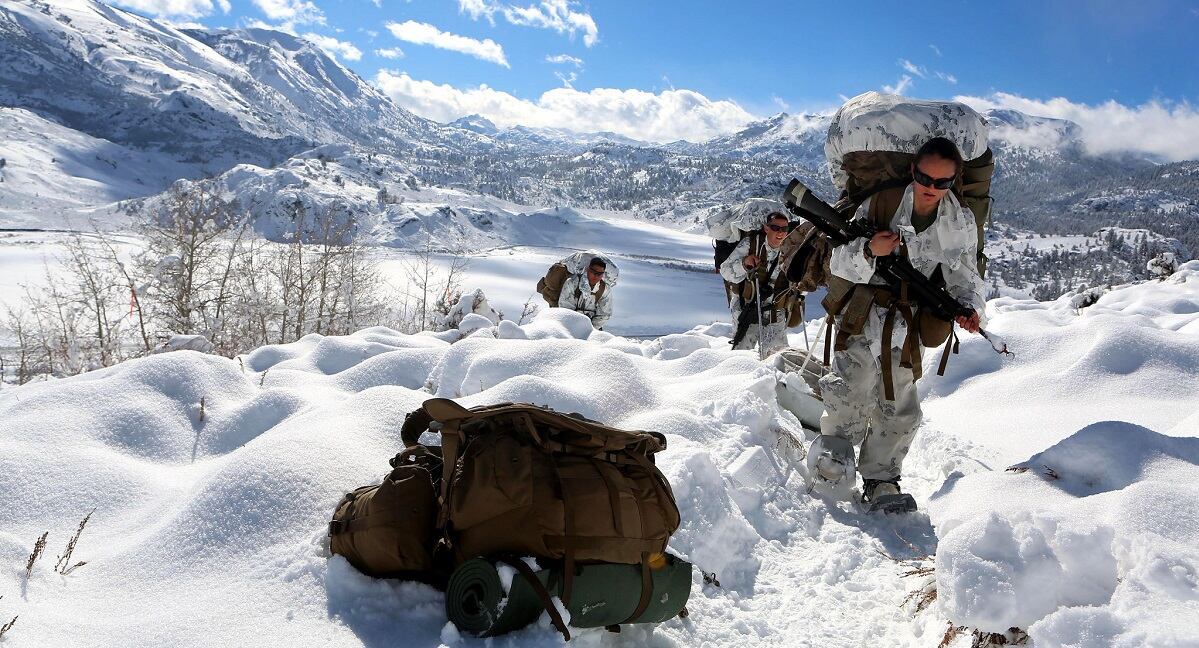The top general in NATO told senators this week that the biggest threat Europe faces in the near term is Russian aggression in the Balkans and future trouble in the Arctic region.
U.S. Army Gen. Curtis Scaparrotti agreed with Sen. Tom Cotton, R-Arkansas, that while the Baltic region is crucial, those nations are part of NATO and have a more stable position on the continents. Scaparrotti is more concerned with the support of Serbian people within the Balkans who are more susceptible to Russian influence.
The four-star said he has seen an increase in Russian influence in that part of Europe over his year and a half as Supreme Allied Commander Europe, though allied work has maintained stability there, for now.
“But Russia’s at work in the Balkans. I think we’ve kind of taken our eye off the area,” Scaparrotti said. He advised the members of the Senate Armed Services Committee that the allies continue their security reform and engagement, “or that’s an area we could have problems with in the future.”
Slightly farther in the future lies the northern reaches of Europe and a key transit point – the Northern Sea Route through the Arctic Ocean. That area is now seeing Russians refurbish as many as nine Cold War-era bases and a push of advanced ice-breaker ships, along with the standing up of a Russian arctic-focused military command.
The issue is near to Sen. Dan Sullivan, R-Alaska, who asked about Russian motivations.
Scaparrotti told the senator that the Russian official reasoning is to “provide safeguards and security for the economic well-being” of the region.
“If you look at what they’re putting into place, they would have the capability in the next two to three years to control the Northern Sea Route,” Scaparrotti said.
As these threats present themselves, increased funding requests continue.
For fiscal year 2017, the request for the European Defense Initiative was $3.4 billion; for fiscal year 2018 that figure rose to $4.8 billion. The current request is nearly $7 billion.
That money is paying for many things, from increased operations to more and newer equipment.
Over the past two weeks 3,700 soldiers from 26 nations have conducted Dynamic Front, the largest artillery exercise in Europe since the Cold War.
In October the largest NATO amphibious exercise, dubbed Trident Juncture, will include more than 30,000 troops, including U.S. Marines in an operation off the coast of Norway, said Marine Corps Commandant Gen. Robert Neller in a separate hearing earlier this week.
RELATED

This week, Lt. Gen. John Murray told attendees at the McAleese & Associates “Defense Programs” Conference that the Army plans to add gear to outfit a second armored combat brigade, putting two ABCTs worth of vehicles and equipment in prepositioned stocks in Belgium and the Netherlands, as reported by Army Times.
Those stocks would complement the existing brigades in Europe and, once personnel arrived, would put an entire armored division at the disposal of Allied forces, Murray said.
Todd South has written about crime, courts, government and the military for multiple publications since 2004 and was named a 2014 Pulitzer finalist for a co-written project on witness intimidation. Todd is a Marine veteran of the Iraq War.





